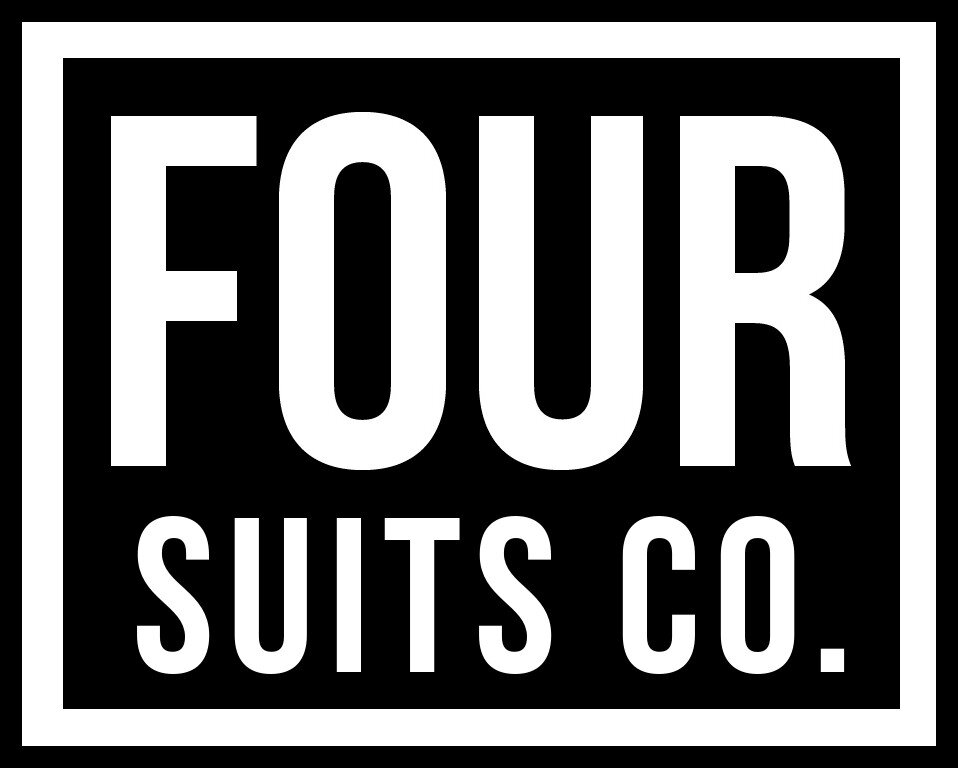This is part three of a short series, so make sure to check out The Dangers of Mentalism: An Introduction and The Dangers of Mentalism: Walking a Line by Necessity
The best magic presentations draw on something known outside the effect, something the spectator is already familiar with (or at least aware of). This allows them to put the effect in context and places the experience not as an isolated incident of “magic”, but as a experience woven into an existing thread of thought.
Some traditional (read: trite and overdone) magic presentations make no pretense towards this, such as those centered on woofle dust or magic wands. No layperson has ever authentically encountered those concepts in any context other than in other magic shows or children's books. Others, however, did at least make an attempt. For example ones that centered on the power of imagination or memory at least tried to connect the effects to externally valid ideas and experiences. Obviously, as external anchors for magic these are vague at best, but are a step in the right direction. The question, then, is what kinds of real-world concepts are best to connect to.
This is where the idea of Fringe Spaces enters play. For a concept to be a good anchor for a magic presentation it needs to be both familiar, or instantly recognizable, but also not fully understood. The fact that it is familiar ensures that the experience will have something existing to weave itself into. The fact that it is not fully understood allows the actual “magic” to happen in that interplay between what clearly isn’t, and what might just be.
Fringe spaces obviously change with time and culture. Where once electricity itself was a Fringe Space and performers could make entire shows out of passing current through their bodies, now something like quantum physics takes it place. Where once Spiritualism was the cultural craze, now its psychological readings (see shows like Sherlock, Psych, Lie to Me, The Mentalist, or the spread of NLP). Like these trends, the best magic presentations will come and go with the times, always connecting themselves to something known but not understood.
The wide spread, but changeable, nature of these fads, when thought about with the criteria from the previous post, help explain what is a bad presentation, what is a good presentation, and what is a dangerous presentation. A bad presentation is hard to connect to existing experiences and clearly doesn’t even pretend to explain what occurred. A good presentational frame is one the audience member recognizes and that could perhaps (but of course in truth does not) explain what happened. A dangerous presentational frame can be the same as a good one, but with the addition of the fact that it changes or affects the way the audience makes meaningful decisions. This can be a change in their views on ESP,which causes them to lose thousands to fraudulent psychics, it could be that they believe this miraculous procedure turns black paper into hundred dollar bills, that they believe NPL will solve all their problems and spend money they do not have on hucksterish ‘success seminars,’ and so on. These presentations can make very exciting and entertaining effects to watch, but can have very real and negative consequences for the spectators.
While you are not responsible for every poor decision your audience makes after your show, do realise that you are spending an immense amount of time and energy to make them see something impossible, and, if you are doing your job well, then intentionally or not some of them are going to believe it, and walk away slightly changed. While you know the edge of your abilities is the theater door, they do not.
To ensure that you are always using the Fringe Space, and that it is not using you, try to match the unbelievability of the effect to the believability of the presentation frame. If the presentational frame is believable, use it to explain something so unbelievable that even if they think the frame is real they couldn’t possibly believe it explained that effect. This is not to say magic should never change the audience, but we should recognize that whenever man’s reach exceeds his grasp, there’s a huckster waiting to sell him the next handhold.
-- Z.Y.







